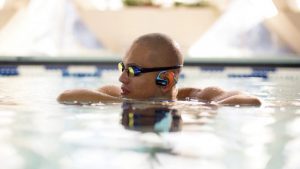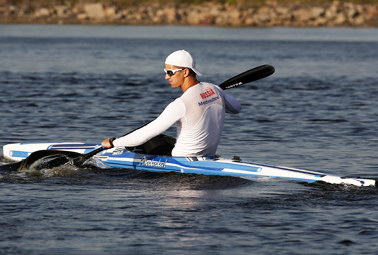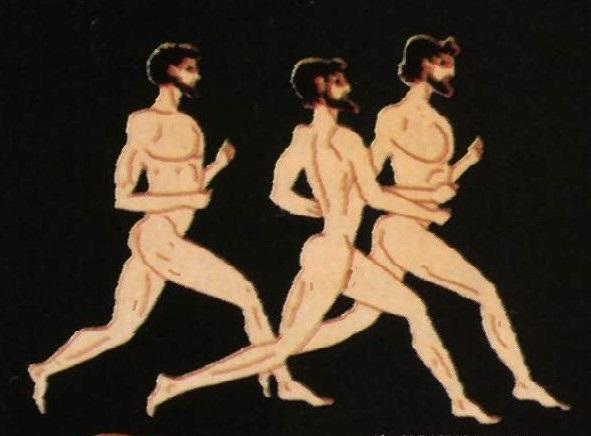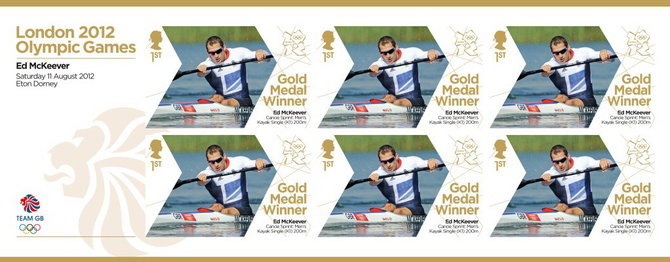Training Music – Your Motivation
 The incredible impact of music on the human body is still poorly investigated. It is proved that with its help, the effectiveness of training can be increased by 15%, but what should be a functional soundtrack?
The incredible impact of music on the human body is still poorly investigated. It is proved that with its help, the effectiveness of training can be increased by 15%, but what should be a functional soundtrack?
Scientific evidence suggests that music actively influences the intensity of physiological processes and functions of vital body systems, and also leads to hormonal and biochemical changes. Since the mid-1990s, with the development of technology, scientists have become more and more opportunities to conduct serious research in this area.
Earlier it was assumed that listening to music simply distracts from exercise and feeling tired, sets the “external focus” to attention, makes playing sports more pleasant – and that’s it. The latest research has shown that functional music actually reduces tension in the body and increases the effectiveness of training by 15%.
It’s all about synchronization: when we listen to music, the body responds and adjusts to the rhythm. Music perception takes place in three stages:
1. Acoustic
2. Physiological
3. Psychological
At these stages, external movements and internal processes are synchronized, the ligaments and the muscular apparatus reproduce the musical rhythm, the reaction time is shortened, the blood circulation is increased, the power of the muscular effort involuntarily increases on the strong parts of the sound effect, and the brain regions responsible for the appearance of certain emotions are excited.
In October 2013, Dr. Thomas Fritz from the Max Planck Institute for Cognitive Psychology and Brain Science (Leipzig, Germany) announced the results of his experiments. The news appeared in a number of major publications, including National Geographic, PNAS, The New York Times, and others.
Dr. Fritz invented a simulator based on the “jymmin” technique (from the English gym + jamming). When performing exercises, a person not only listens to music, but creates it, changing the melody, sounds and rhythm with the help of movements of his own body. The concept of the invention is presented in the official video.
The tests involved 63 people. “Experiments have shown that the sensation of loading was much less if the participant received a musical response during the training, rather than if he just listened to music in parallel,” say the scientists.
It turned out that making music makes physical efforts less debilitating, muscles need less energy and oxygen, movements become smooth, fatigue decreases, and training gives greater results. Thomas Fritz calls his scientific discovery outstanding and stresses that the solution to the mystery of the therapeutic power of music is just around the corner.
Dr. Fritz simulators are not yet available to the general public, but progress in training can be achieved without them. It is enough to choose the right music that will accompany you during jogging or classes in the hall.
How fast should training music be?
The speed of the performance of a piece of music is measured in BPM (English beats per minute) and means the number of quarter notes played in one minute. Strictly speaking, this indicator is relative, but for our purposes it is quite suitable as a guide.
Matching BPM values to different styles:
Soul – 75-90 BPM
Hip-hop and Rock – 60-120 BPM
Downtempo – 60-110 BPM
Disco – 110-130 BPM
Breaks and Dubstep – 110-140 BPM
Pop – 120-150 BPM
House – 120-130 BPM
Electro funk – 125-130 BPM
Techno – 130-150 BPM
Trance – 125-150 BPM
Psy-trance – 146-155 BPM
Dark Trance – from 160 BPM.
Drum`n`bass and Jungle – 140-200 BPM
Hardstyle – 150-1000 BPM
For the proper selection of music, two indicators are necessary: the musical pace and the maximum permissible heart rate (pulse). The normal pulse of an adult person ranges from 72 to 80 beats per minute. The limits of permissible load depending on age can be calculated by the formula:
206 – (0.67 x (your age)) = maximum heart rate
The graph below shows how BPM affects the pulse. The steepest part of the broken line is in the range of 123-145 BPM, and this corresponds to 70-80% of the maximum allowable heart rate. From the point of view of the load, the most optimal work of the organism occurs precisely under such conditions.
It turns out that the music for training should be selected within the framework of such a range of BPM, so that the pulse is within 60-90% of the maximum allowable value. For example, for a 30-year-old person, these limits are 111 and 167 beats / min.
If the pulse is for a long time at a level above 80%, then an excess of lactic acid is formed in the body. Unreasonably long and frequent exercise with an intensity above the anaerobic threshold will not benefit the body.
You can determine the tempo of the track using a metronome or a computer program (from professional VirtualDJ and FL Studio to simple meters, for example, MixMeister BPM Analyzer). There are mobile iOS-applications that pick up music tracks, focusing on the speed of your steps.




